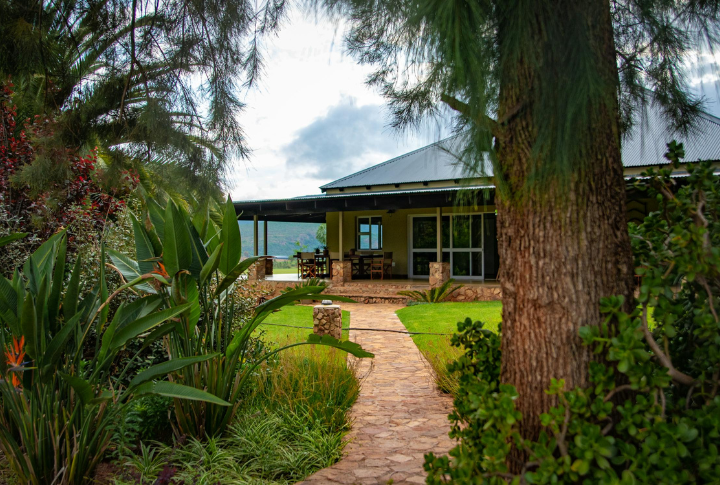
A yard should feel vibrant, not like a never-ending task. The right shrubs can bring that energy, thriving through all kinds of weather and conditions. No need to constantly tend to them—they’ll adjust to your lifestyle. Keep reading to discover ten shrubs that grow strong anywhere, adding effortless beauty to any space while keeping maintenance simple.
Boxwood
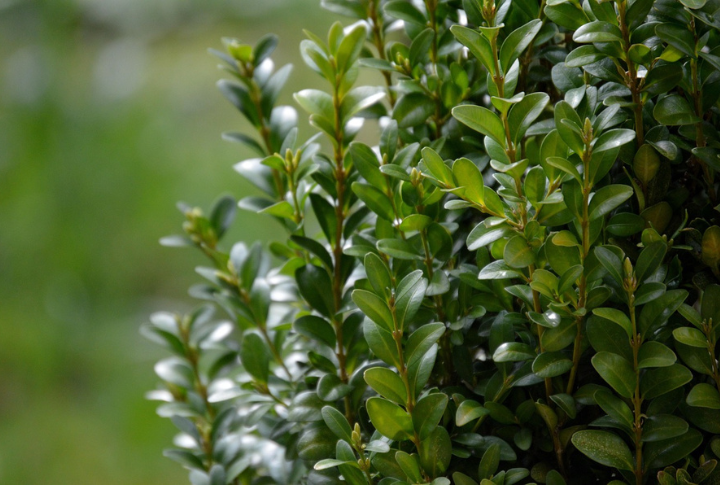
Gardeners have relied on boxwood for centuries. As one of the most versatile evergreens, it maintains its shape, whether trimmed into neat hedges or left to grow naturally. With its dense, small leaves that stay green throughout the year, boxwood is a dependable choice for adding structure and beauty to any space.
Red Twig Dogwood
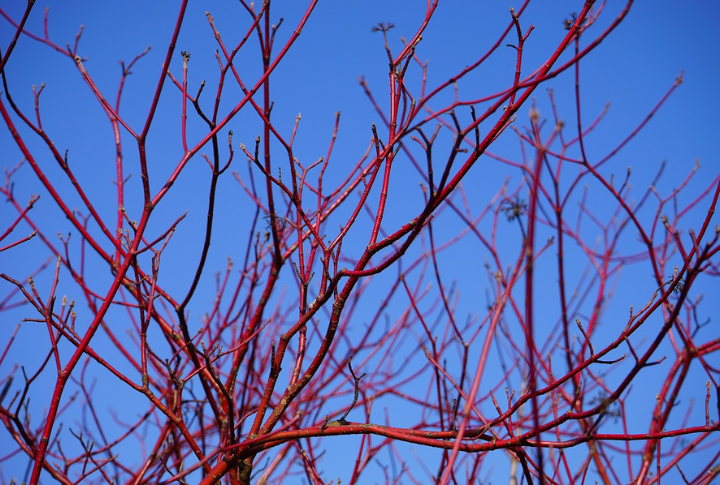
Snow-covered yards can feel dull, but bright red stems offer a vibrant pop of color against the winter chill. Even in the coldest months, they bring life when most plants fade away. Thriving in wet soil, this plant also provides food for birds with its small berries. As the seasons change, its green leaves turn crimson, ensuring beauty throughout the year.
Inkberry Holly
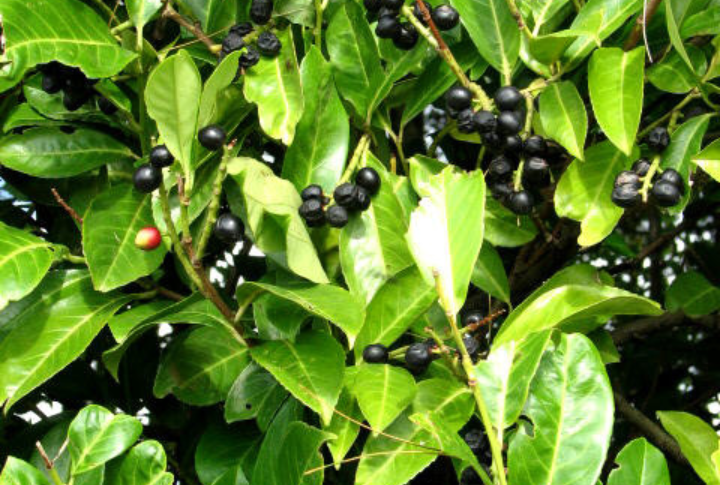
Unlike traditional hollies, inkberry holly lacks sharp leaves. Soft-edged and resilient, it thrives in swampy and dry areas alike. Its small, dark berries attract birds, while its dense foliage makes it perfect for hedges. Historically used for ink-making, this native North American shrub remains a top choice for low-maintenance horticulture.
Winterberry Holly
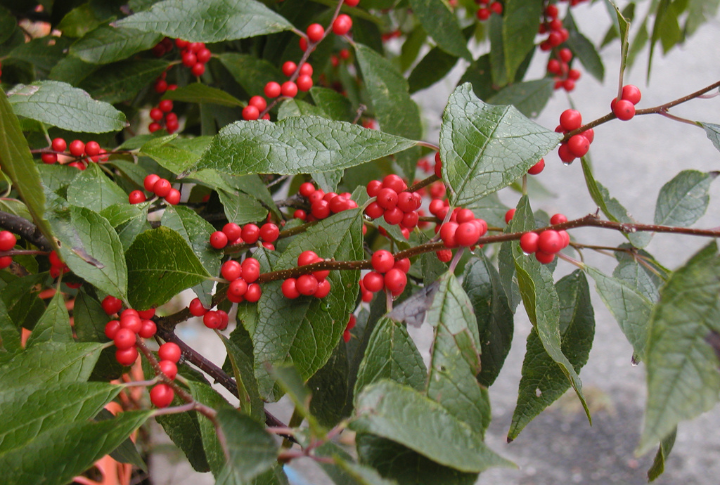
Bright red berries stay through winter, and their hue adds personality when most plants go bare. Winterberry holly sheds its leaves in fall and leaves behind a striking display. Originally found in wetland areas, it tolerates various conditions. For an abundant berry crop, a male winterberry shrub needs to be planted nearby for pollination.
Ninebark
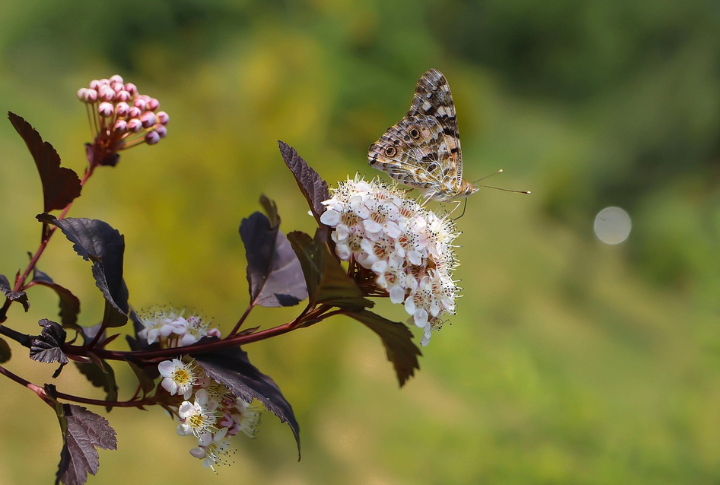
Some shrubs demand constant care, but this one can be left to its own devices. Ninebark resists conditions of poor soil and drought. Its bark peels in layers to reveal a unique texture in winter. In Spring, clusters of white or pink flowers can be seen, while autumn turns its foliage into deep shades of warm hues.
Juniper

A whiff of fresh, piney fragrance usually signals a juniper nearby. This drought-resistant evergreen grows best in rocky and sandy soils where other shrubs struggle. Its blue-green needles stay spunky year-round, and its berries—technically cones—flavor gin. Juniper has been used for centuries in medicine and cooking.
Lilac

Few plants announce Spring as boldly as lilacs do. Their clusters of fragrant flowers fill the air with a perfume that’s been loved for generations. Originally from Asia and Europe, they’ve been in American gardens since colonial times. You’ll find them in droves in cold climates, and they bloom best when winters are harsh and have stunning displays.
Arborvitae
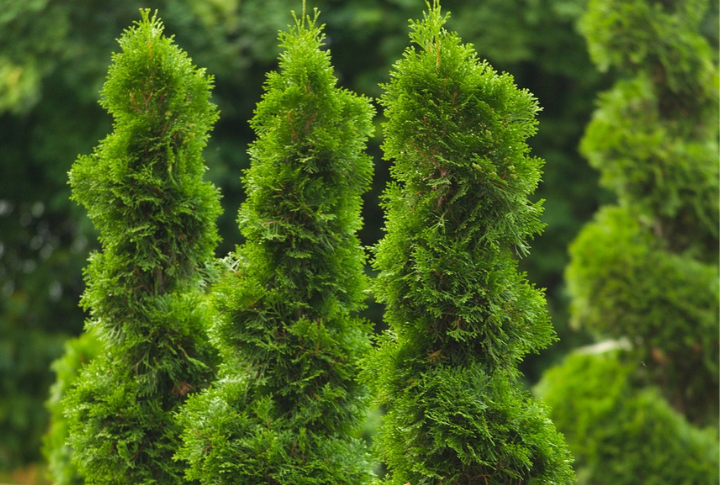
Fast-growing evergreens make excellent natural fences, and arborvitae are a favorite. Its dense foliage provides year-round privacy and wind protection. Native to North America, it can live for decades with minimal care. Protective measures might be needed if deer frequent the area, as they love to snack on its foliage.
Spirea
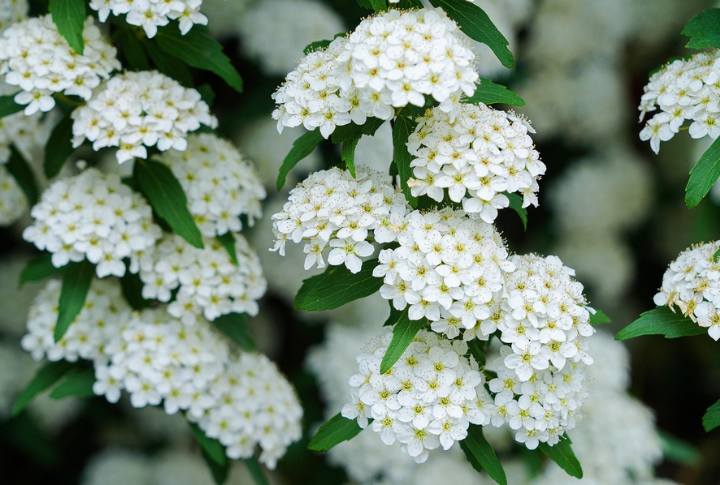
A flowering shrub that barely needs attention? That’s Spirea. Based on the variety, its small, delicate blooms appear in Spring or summer. It grows fast, handles drought easily, and attracts pollinators. Once established, it requires little maintenance beyond occasional pruning, which makes it an excellent choice for effortless, colorful shrubbery.
Buttonbush
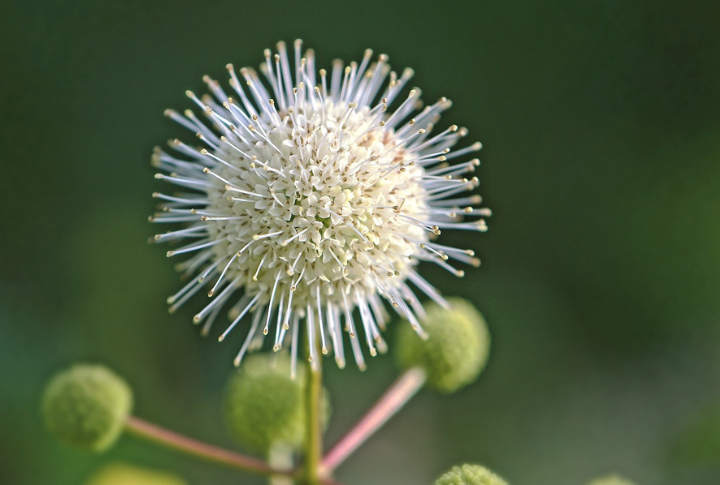
Wildlife flourishes when buttonbush is around. Native to wetland areas, it supports pollinators with its unique spherical flowers. Its deep roots help control erosion and are ideal for rain gardens. Ducks and songbirds feast on its seeds, while butterflies and bees flock to its nectar, creating a lively habitat in any yard.

